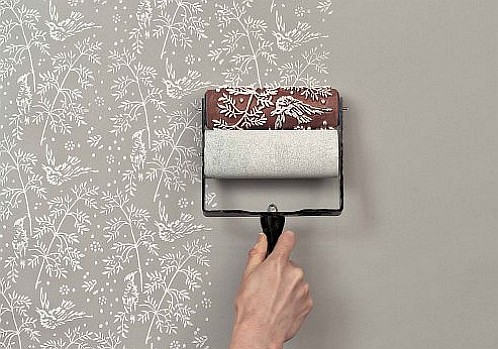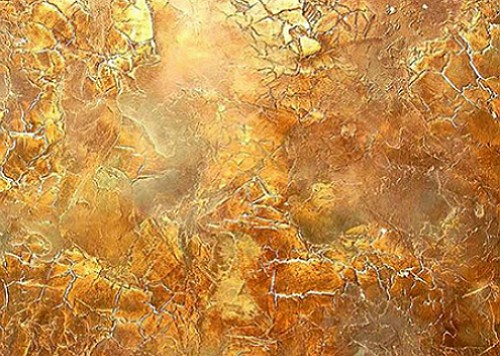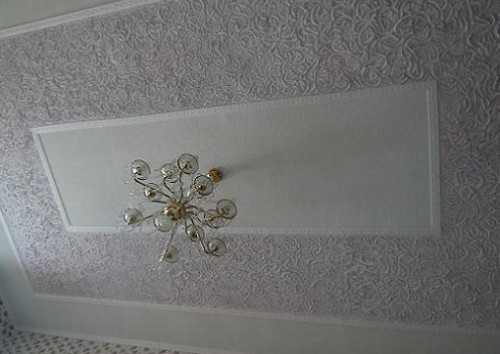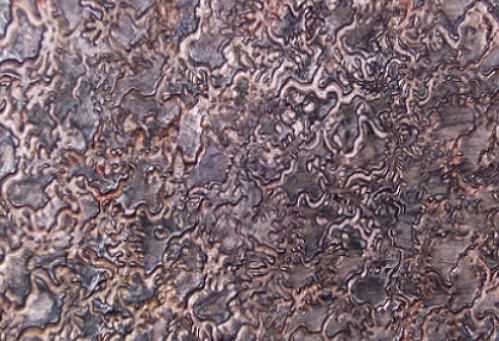The appearance of textured paints in the building industry was stunned by its bright color and originality of the applied texture layer. A simple and technologically thought-out invention immediately found application. Facades and socles of buildings, as well as the interior of the apartments acquired a new face. What distinguishes textured colors from traditional and familiar paints?
Content
What is the color invoicing
To obtain a non-uniform relief coating of surfaces, use an ink paint.
The field of application of textured paint is diverse: it is an internal and external finishing of premises having the following working surfaces:
• concrete
• Plastered
• brick
• Wooden.
Paint textured is a homogeneous mass, white, containing a thick filler. It is the structuring filler that allows you to recreate on the surface a relief pattern that we like. This filler allows you to accurately simulate a variety of surfaces: a relief pattern of "moire sputtering," "under the flock," "for velvet or skin." This textured paint is different from traditional acrylic and latex paints.
Moreover, it is possible to create about a hundred variants of wall and ceiling coverings using tinting.
Due to the composition, the paints are textured resistant to deposits and sunlight, have high frost resistance and resistance to undesirable mechanical influences.
Classification of textured paint
The abundance of textured paint for walls and ceiling from the manufacturer suggests its classification.
The textured paints are divided into the size of the filler:
• small filler up to 0.5 mm.
• medium filler in the size of 0.5 to 1.0 mm.
• coarse filler 1.0 to 2.0 mm.
The following materials can serve as a filler of a textured paint:
• quartz sand
• marble chips
• polymer fibers
• crushed and crushed gas silicate.
In terms of use and application of paint, the textural classification is applied to the facade, plinth and interior of the apartment.
At the same time, the technique of applying an invoice paint is taken into account, namely mechanized or manually.
As a decorative protective coating, texture paint should be distinguished by the type of film-forming substance - silicone, acrylic or silicate. In addition to the quality characteristics of a textured paint for the ceiling or walls, an important issue is the paint consumption and its price.
Technology of applying the ink
The creation of an invoice layer on the surface depends on the technique of applying the paint.
Textured paints are applied using:
• wide spatula
• metal comb
• natural sponge
• structural roller.
An obligatory condition before the application of a surface paint is the surface treatment with a deep penetration primer.
In addition, the expected appearance of the surface when painting with textured paints directly depends on its composition. To create texture and relief, a filler is introduced into the paint in the form of crushed and sieved quartz sand or sawdust.
Then the ink with an invasive filler is applied in one layer, using the appropriate painting tool. An uncomplicated drawing of an invoice layer of paint will be created when a wide spatula or brush is applied.
trowel
Textured paint is more convenient to apply to the wall with a spatula with a width of 5 - 10 cm. The resulting texture in this case resembles a picture of French impressionists. From the amount of paint applied to the wall, the volume and texture of the "French canvas" will depend.
combing
For the application of paint, metal combs with different tooth widths are used. Due to the arrangement of the teeth on the comb,
the application of a layer of paint will leave on the surface to be painted the characteristic wavy lines of a simple geometric shape.
roller application
It has become traditional to apply paint with a roller and the textured paint is no exception. However, for this purpose there are special structural rollers that allow you to quickly and accurately recreate the desired texture on the wall. In this case, the overall pattern of the texture layer is somewhat monotonous. And then the natural wit of the owners of apartments and private houses comes to the rescue.
Yes, no, the roller itself does not draw patterns, but it is possible to combine textures, combining with other methods of application. By the way, before applying any texture on the wall, it is necessary to moisten the roller with water.
To complicate the drawing on the surface of the ceiling or walls, it is possible using a spatula, structural roller and stencil.
Initially, the paint is applied to the paint tool with a small spatula and spreads. Then the paint tool puts a layer of paint on the surface and distributes it in differently directed semicircular or circular motions.
If you are in the soul of a creative artist, then you can make a unique device for the roller, which is applied to the paint, with your own hands made of an ordinary polyethylene bag. Do not believe me, then appreciate, as shown in the video: boldly and creatively. Be sure that there is no such colored wall anywhere in nature anymore.
In addition to the basic parameters for creating a stylish textured layer: paints and paint tools, creating interesting textures and textures depends on professional skills and skill. The ability to use tinting will create bright and unique textures, almost like in the proposed video.
The main advantages of textured paints
In comparison with ordinary paints, textured paints have the following advantages:
Textured coating is applied without a complex and long process of leveling the surface of walls or ceiling. The textured layer of paint makes the base uniform and visually aligns it. This is additional convenience, which allows to exclude the process of preparation and alignment of working surfaces. The slightest chipping, cracks of any degree of openness or dent will be reliably covered by a layer of textured paint.
This layer is more resistant to various mechanical damages, especially on walls.
Textured paints have a lower price per one square meter of coverage. That is why the textured paint has become the most in demand for the construction of apartments and houses with their own hands.



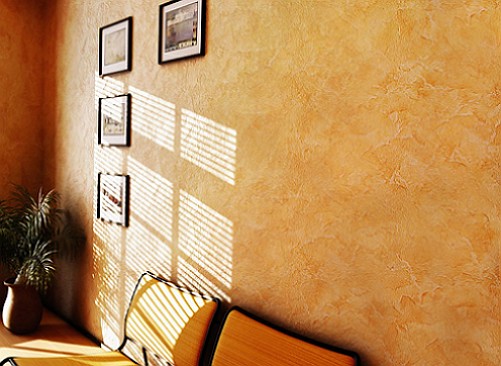
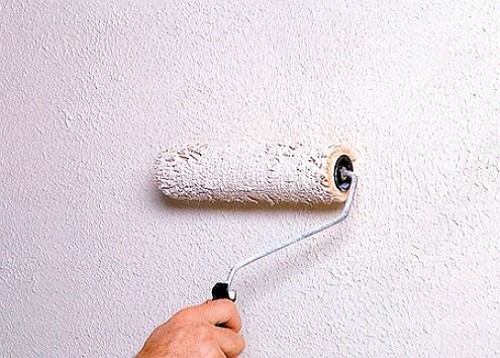
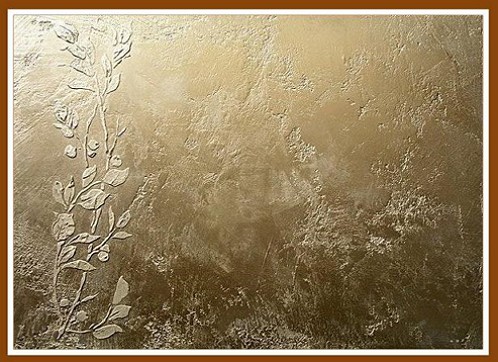
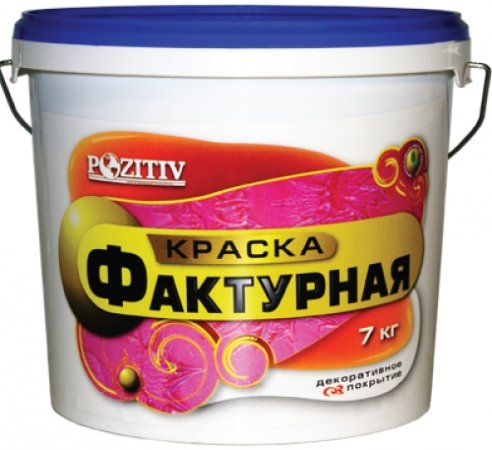
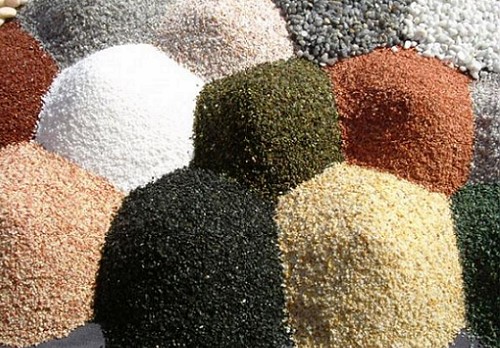

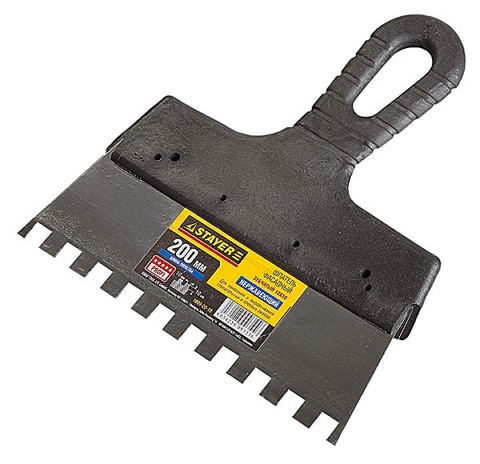
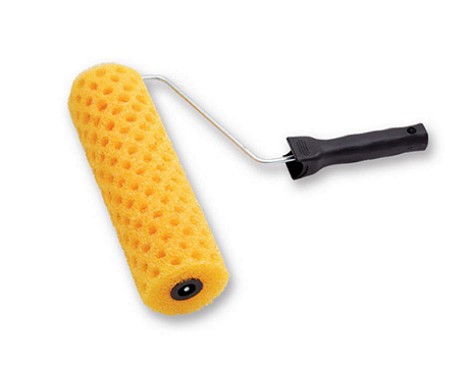
![020106-270-010[1]_4](http://svouimirukami.ru/wp-content/uploads/2014/02/020106-270-0101_4.jpg)
